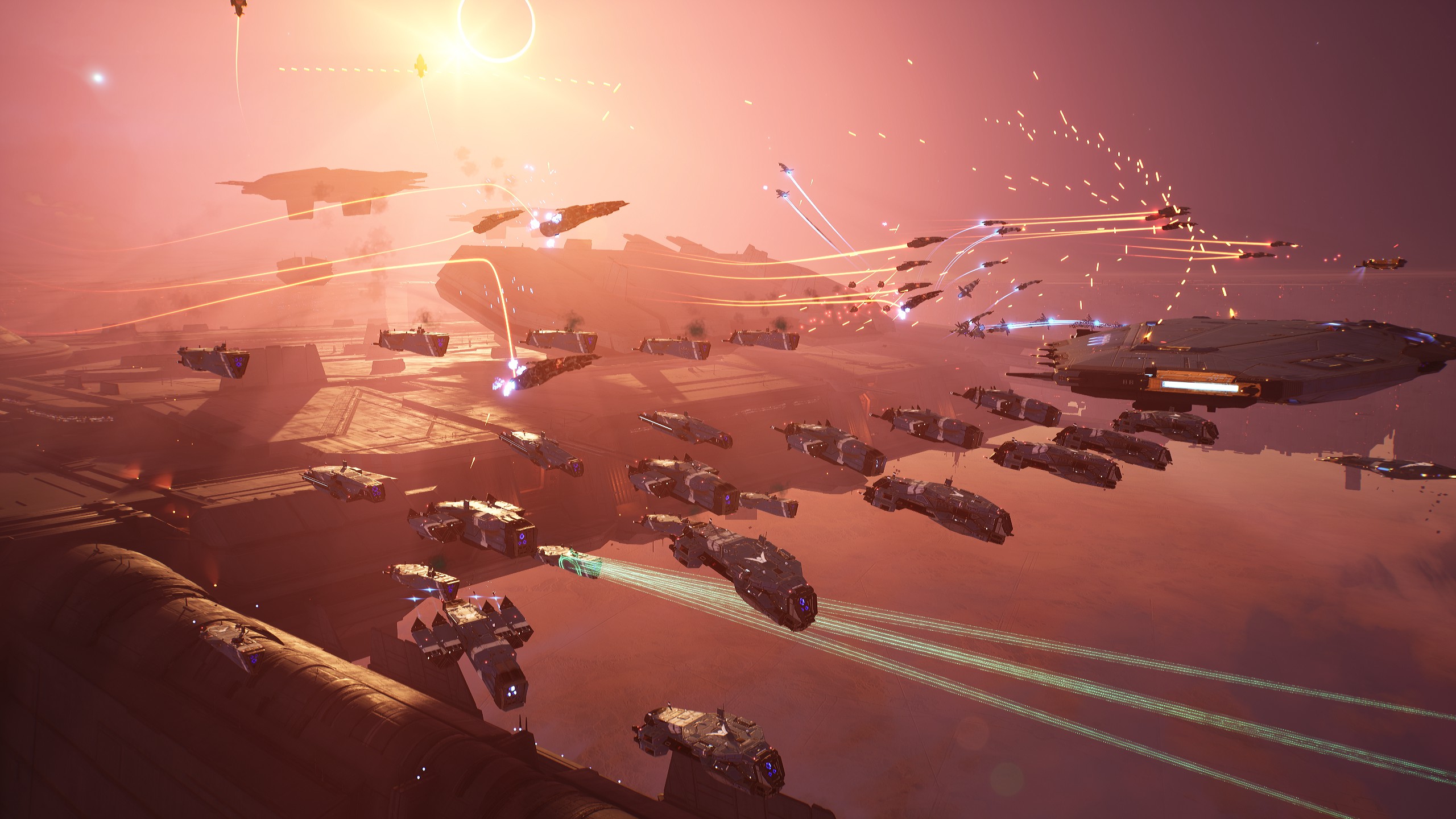

Homeworld 3 review: A good sequel, though some of that Homeworld magic is missing.
Homeworld 3 performance analysis: Surprisingly scalable but no ultra-high frame rates.
The best thing about Homeworld 3: How well it runs on a PC with its 6-year-old recommended specs.
I wouldn't blame you if you felt more inclined to play a flashy modern RTS over a game that came out more than two decades ago, but in the case of Homeworld, that would be a mistake. Really, that goes for so many real-time strategy romps. Even though we're in the midst of a resurgence, the '90s were the glory days of the genre, and there's a reason why the likes of Command & Conquer, Age of Empires and Homeworld ended up with highly celebrated remasters.
Honestly, once you get over the dated UI and lower fidelity graphics, the original Homeworld is still a masterpiece. You don't need a remaster to see that. While C&C and Age of Empires were foundational games, Homeworld was the future; a perfect marriage of artistry and mechanics that took full advantage of the leap to 3D. Where so many strategy games of the late '90s and early '00s felt compelled to leave 2D behind without ever figuring out what the jump actually offered, Relic created something that simply couldn't have existed before, giving us an exciting vision of where the RTS was going.
Sadly that vision never really came to pass. Relic was one of the few developers that kept pushing the genre, following up Homeworld with one superb sequel before it went with more traditional but still exceptional games like Dawn of War and Company of Heroes—but the rise of 3D was largely the decline of real-time strategy. At least for a while.
Playing Homeworld today, then, doesn't feel like diving into a piece of history. It was such an anomaly that it remains just as vital and inventive 25 years on. And thanks to the Remastered Collection, it looks the part, too, and you can enjoy both the revolutionary original and its wonderful follow-up in one glorious package. But why, when the third game in the series has just come out, bringing us more fully 3D space battles, and this time with even more visual flair, should you bother with its predecessors?
They're superb value
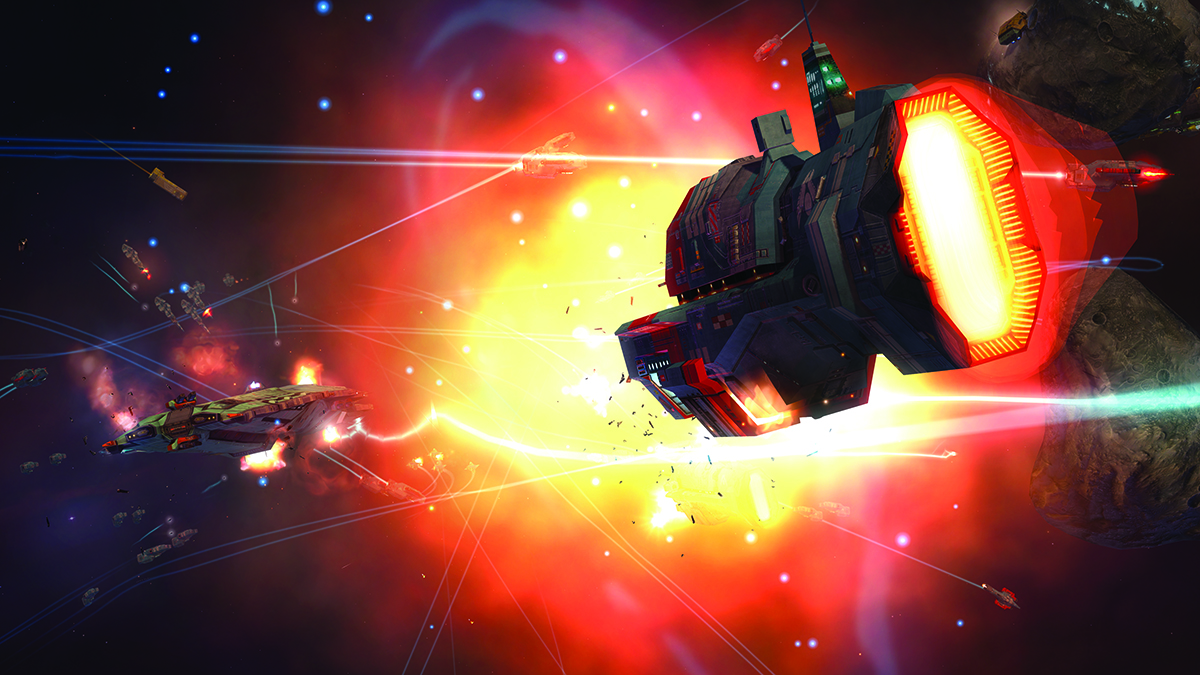
Homeworld 3 is a whopping £50, which is about as expensive as you'll ever see a PC RTS. The Homeworld Remastered Collection, meanwhile, is £27 and includes two games. It's also regularly on sale for the ridiculously low price of £2.69. There's also a bundle that includes Homeworld 3 developer Blackbird Interactive's prequel, Homeworld: Deserts of Kharak, and during sales you can usually grab the trio of fantastic games for around a fiver.
Since Homeworld 3 is only going to get cheaper over time, you might as well save your cash and get all three previous games, especially the Homeworld Remastered Collection, and use the rest of your money on important stuff, like booze and sweets.
The story is better
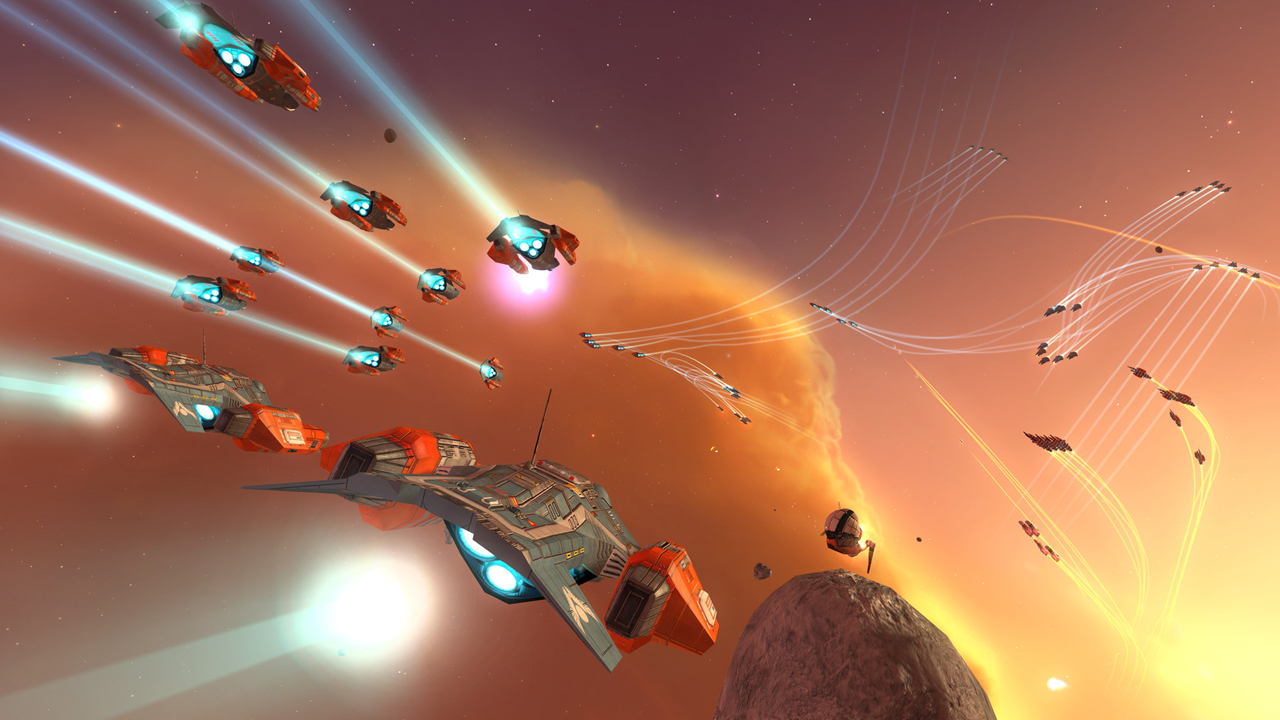
Storytelling has been a big RTS pillar since the early '90s, when Westwood started making cheesy B-movies inside Command & Conquer, but few RTS yarns have stuck with me like Homeworld's. The first game in particular spun a gripping, tragic tale, detailing the desperate plight of the Kushan exiles, numbering only in the thousands, as they attempted to avoid extinction and rediscover their long-lost home. A powerful score, minimal cutscenes and writing that was straightforward but still evocative combined to create one of the most compelling stories in strategy gaming.
Homeworld 2 and Deserts of Kharak both ape the style and offer narratives that are very much worth experiencing, too, and without this context you're just not going to feel anything for Homeworld 3's fleet. The story primer gives you the broad strokes, but none of the emotional weight, and it ditches the earlier storytelling techniques for numerous incredibly ugly cutscenes and a bunch of sci-fi nonsense that you'll struggle to care about.
The battles are still second to none
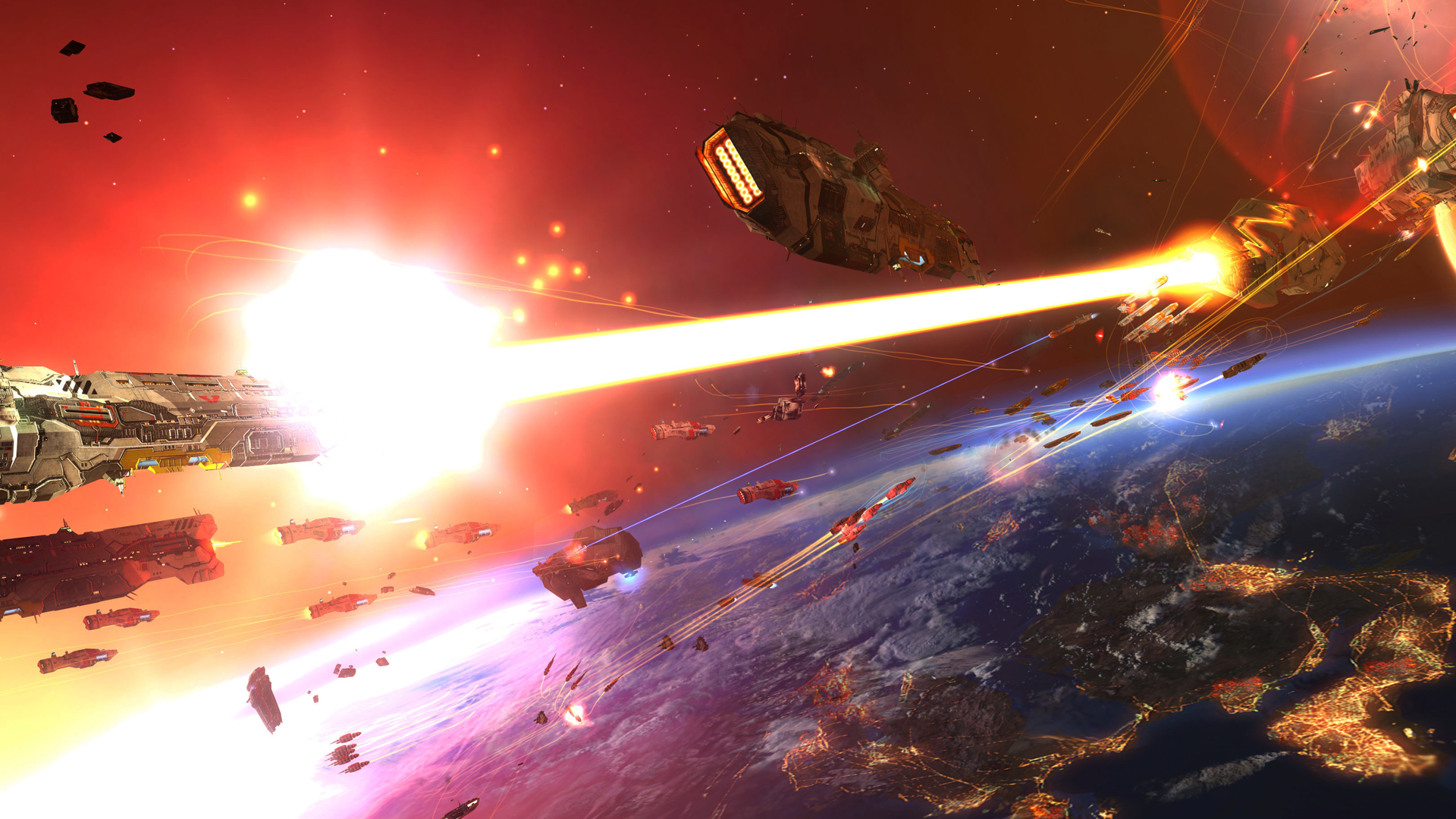
I'm a big fan of Homeworld 3's space terrain, which gives its maps texture, landmarks and some extra tactical flair, allowing you to use cover and take advantage of chokepoints. The Homeworld Remastered Collection's empty void, however, feels like a better introduction to the complexities of a fully 3D RTS. Sure, navigation is a wee bit trickier without all these huge landmarks floating around, but with less visual noise and map quirks you can really focus on the most important stuff: your ships.
And while Homeworld 3 has some excellent ships, I do prefer the beefier boys from Homeworld 1. Everything just feels a bit fragile in the new game, but the moment you start fielding capital ships in the original, battles start giving you enough time to make some big moves and get to grips with the various systems. When your fleet has staying power, you get a real feel for how to use it, what formations and groupings work best, and where your weaknesses are. Ultimately, this just leads to richer, more nuanced scraps in space, where each fight is its own story, rather than just a striking light show that's over in seconds.
They're actually finished
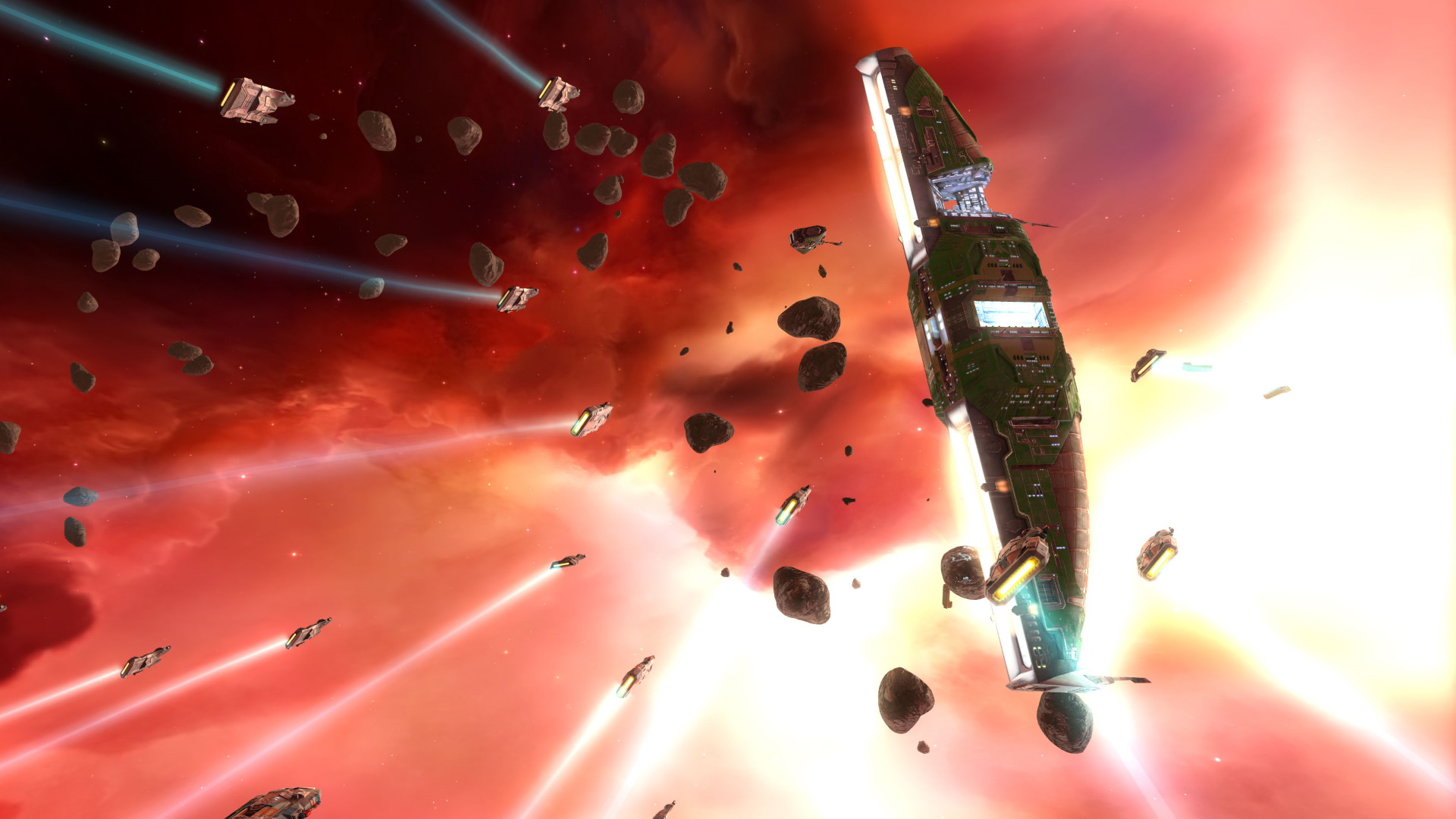
Welcome to 2024, where everything feels a little bit early access. Constant tinkering is the norm, and many of our favourite games started off disappointing players. This year's all-consuming phenomenon, Helldivers 2, began in a right old state, but now none of us can stop talking about it. I should note that Homeworld 3 launched in a stable and feature-complete state, but I would not be surprised to see tweaks and balance changes dropping in the near future.
On top of that, BBI has a roadmap that goes all the way into 2025, which includes three paid DLCs and four free updates that will introduce new challenges, artifacts, maps and systems. Lamentably all of these updates are exclusive to the War Games mode, which I really didn't vibe with at all, but your mileage might differ. Regardless, this is just the start of Homeworld 3. But with the Homeworld Remastered Collection, you can pick up the very best version of these games right now.







